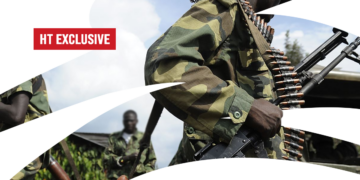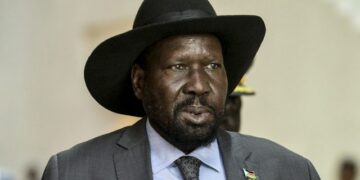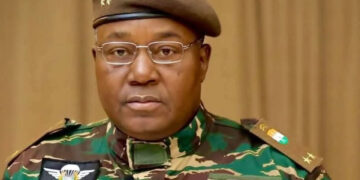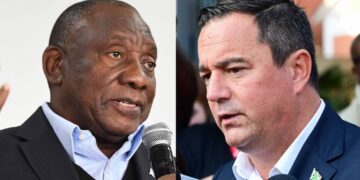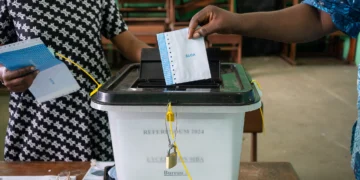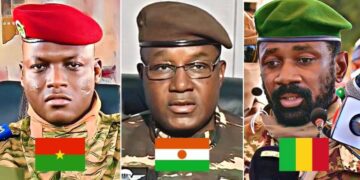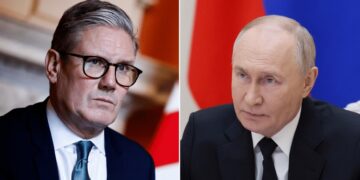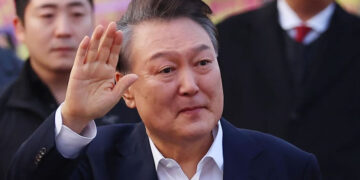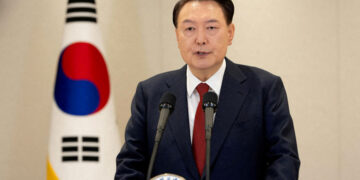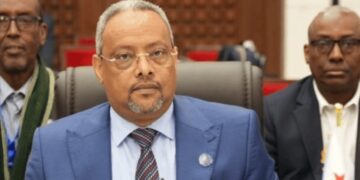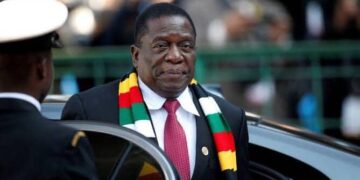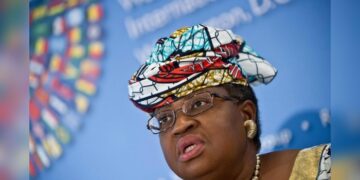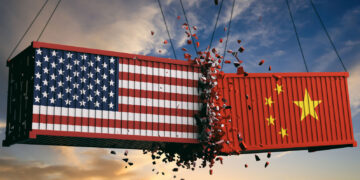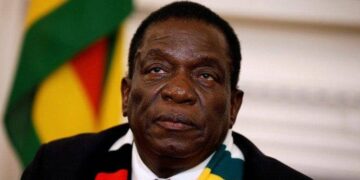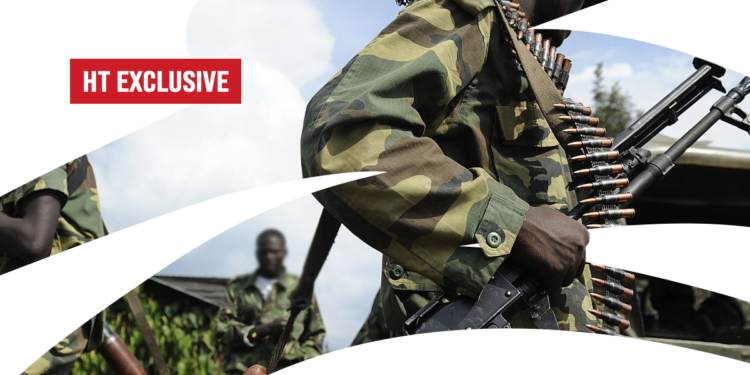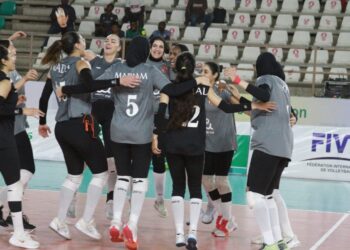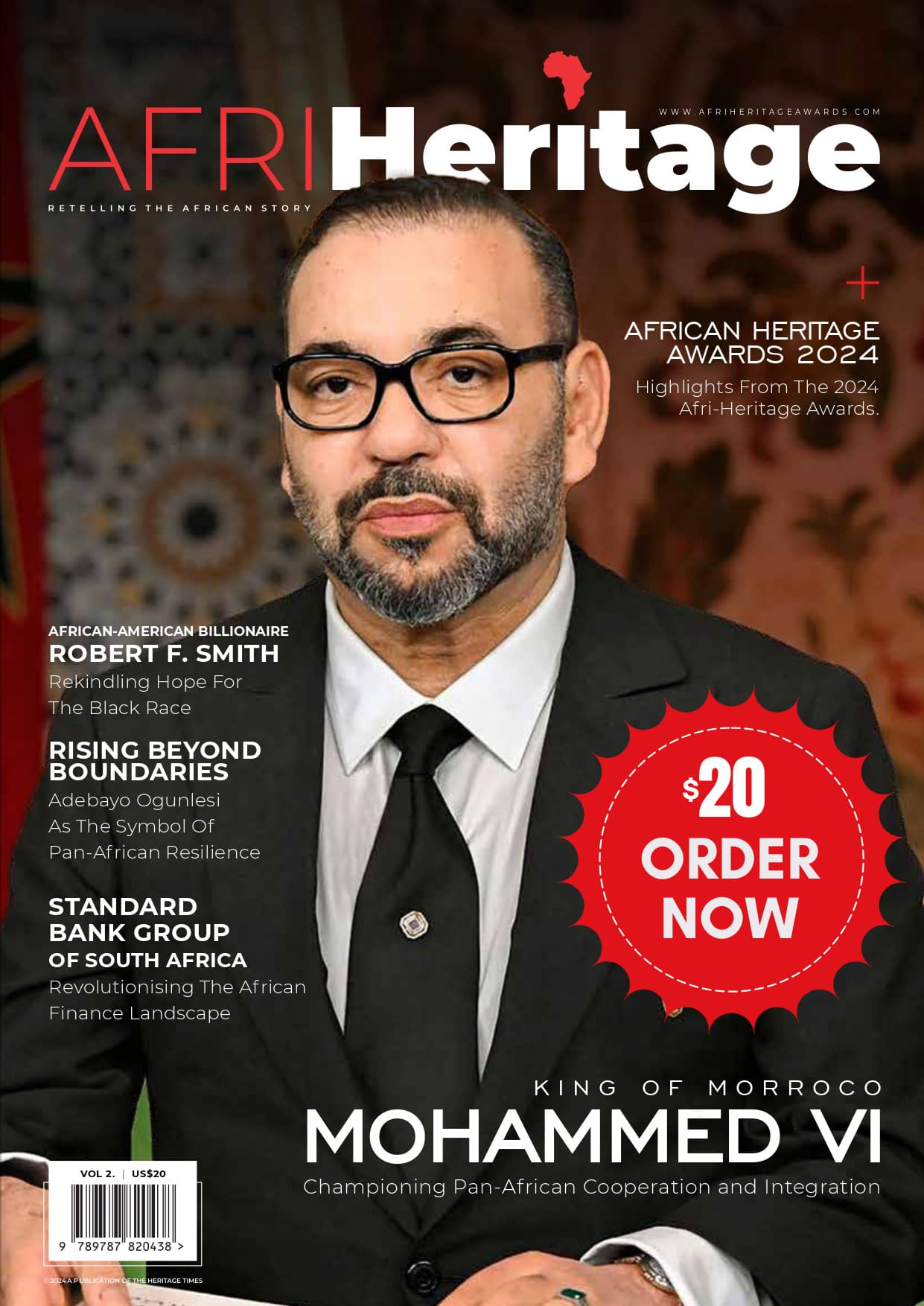By Emmanuel Nduka
Large numbers of Rwandan soldiers have been neutralized during covert operations in the Democratic Republic of Congo (DRC), directly contradicting official claims from Kigali that its troops are not involved in the ongoing conflict there, The Guardian EXCLUSIVELY reported early Friday.
The Guardian said its sources within intelligence, military, and diplomatic circles, informed that large numbers of soldiers from the Rwanda Defence Force (RDF) have died while supporting an offensive led by M23 rebels in eastern Congo.
Satellite imagery of a military cemetery in Kigali pictured in The Guardian’s report published on Friday, indicates that at least 600 graves have been dug since M23, allegedly backed by RDF troops, restarted its operations three years ago.
The report said two high-ranking intelligence officials with knowledge of the RDF’s activities suggest the true death toll is likely much higher, possibly reaching into the “thousands,” though confirming an exact figure has proven difficult.
“One senior source revealed that many fallen soldiers were secretly buried in “mass graves” in DRC, when it was impossible to return their bodies across the border,” The Guardian had reported. “Not all soldiers that perished in DRC were able to be repatriated, especially in areas under a lot of fire. Some were buried in mass graves. Families were given empty coffins when corpses could not be returned,” it quoted its sources as saying.
“The scale of the casualties is so significant that a new wing has been built at Kigali’s military hospital to deal with them, because “its mortuary is full”, it added.
Despite these claims, Rwanda continues to publicly deny any involvement in the conflict, repeatedly stating that its forces have not crossed into the DRC.
The government led by President Paul Kagame has also never acknowledged the deaths of its troops in the region.
UN experts have stated that the Rwandan army exerts “de facto control” over M23 rebels, who recently seized Goma, the capital of North Kivu province, and now control a vast area of DRC—an expanse almost half the size of Rwanda itself.
The Guardian added further that, sources close to the situation suggest that the mounting casualties will only increase pressure on Kigali to come clean about its role in the conflict, especially ahead of a high-profile summit between the presidents Paul Kagame and Felix Tshisekedi, scheduled for Saturday in Dar es Salaam, Tanzania.
Emmanuel Ngabo, a member of the Rwandan diaspora in France, who runs the group ARC Urunana Nyarwanda France (Rwandan Alliance for Change), had claims he has received numerous reports from grieving families. “There are so many bodies needing to be processed. There is such a queue of families waiting [for burial] that they are only allowed 30 minutes at the graveside,” he said.
“The coffins are always closed, either because the soldier is so badly injured or burnt he is unrecognizable, or because there is nobody inside the box. We hear that privates are often buried where they fall in Congo: officers are brought back for burial in Kanombe [military cemetery in Kigali]” Ngabo added.
“Thousands” Of Fallen RDF Troops Claims Countered
A popular journalist based in Kigali who writes for one of Rwanda’s biggest online platforms that is published in Kinyarwanda, accused the “Western Media” of pushing an “anti-Kagame agenda”.
“For instance, if the incident at the cemetery truly occurred, I would expect to hear people at least whispering about it, given its proximity to nearby neighborhoods,” he told HT EXCLUSIVE on condition of anonymity. “I don’t believe Rwanda would send infantry soldiers there. It has been speculated that Rwanda’s support for the rebels comes in the form of intelligence and command, as it is said that Rwanda controls the airspace over that region”.
“It is also speculated that the M23 aims to control the North Kivu and South Kivu provinces and declare an independent nation. However, M23 leaders have stated that their goal is to continue fighting until they overthrow President Tshisekedi and establish a government that respects the rights of all citizens,” he added.
He said Rwanda may choose to collaborate with M23 Rebels to clear the remnants of the FDLR (Democratic Forces for the Liberation of Rwanda), an outlawed group in the DRC, which he claims the Congolese government has failed to dislodge, and remains a threat to Rwandan territory.
“It has become clear that the Kinshasa administration’s influence does not reach the east. This is why Congolese forces brought in from other provinces continue to lose battles—because the M23 is more familiar with the terrain.
“The region is in a state of chaos due to a lack of management. Even before the M23 began their campaign, the area had never known peace. The problems in Congo should not be solely attributed to Rwanda, as there are many other actors involved, each pursuing their own interests, yet they prefer to remain unnamed,” he added.
Alexis of the Rwanda New Times also refuses to accept the claims of the report, stating, “This is what Western Media does best. Biases, manipulation”. “These people fail to understand how a small country like Rwanda maintains peace and security without relying on them. The DRC, struggling on the battlefield against M23 rebels, is using Western Media to tarnish Rwanda’s image, falsely labeling the rebels as Rwandan simply because some speak the same language and share Tutsi ethnicity,” he told HT EXCLUSIVE.
The Guardian in its report asserted that satellite images of Kanombe from August 2021, before the M23 conflict reignited, compared to more recent images from December 2024, show a significant increase in graves. It aid two specific areas within the cemetery, one in the north and one in the south, show a proliferation of new graves, with the latter potentially containing more than 500 additional graves.
The death toll from the renewed conflict last month, which saw M23 and RDF forces push through towns like Minova, Sake, and Goma, has been particularly high. According to the UN, at least 2,900 people were killed in the battle for Goma alone.
The report said a military source explained that the significant casualties may be due to the effective use of drones and airpower by the DRC army, which likely caused many of the fatalities. “I’m not surprised to see the increase in graves. When you have aircraft dropping bombs on troops, it claims a lot of lives,” The Guardian quoted the source as saying.
UN experts previously estimated that up to 4,000 Rwandan troops were deployed in DRC.
The Guardian claimed that one Rwandan on exile in Europe revealed they had spoken to two families in the past week who had lost sons in the conflict. They said that funerals were being arranged at an unusually rapid pace, with “family friends not getting to see the deceased, as is normal in our culture.” They also noted that the families were not told how their sons died, only that it was “on the battlefield. I’ve published so many funeral notices for Rwandan soldiers killed in Congo”.
Grieving families, he said, were growing increasingly upset. “Some were called by their sons, who said: ‘We’re leaving for Congo tomorrow, pray for me.’ Others didn’t even know their sons had been sent to fight in Congo when they got the phone call telling them to go to Kanombe to pick up the body”.
